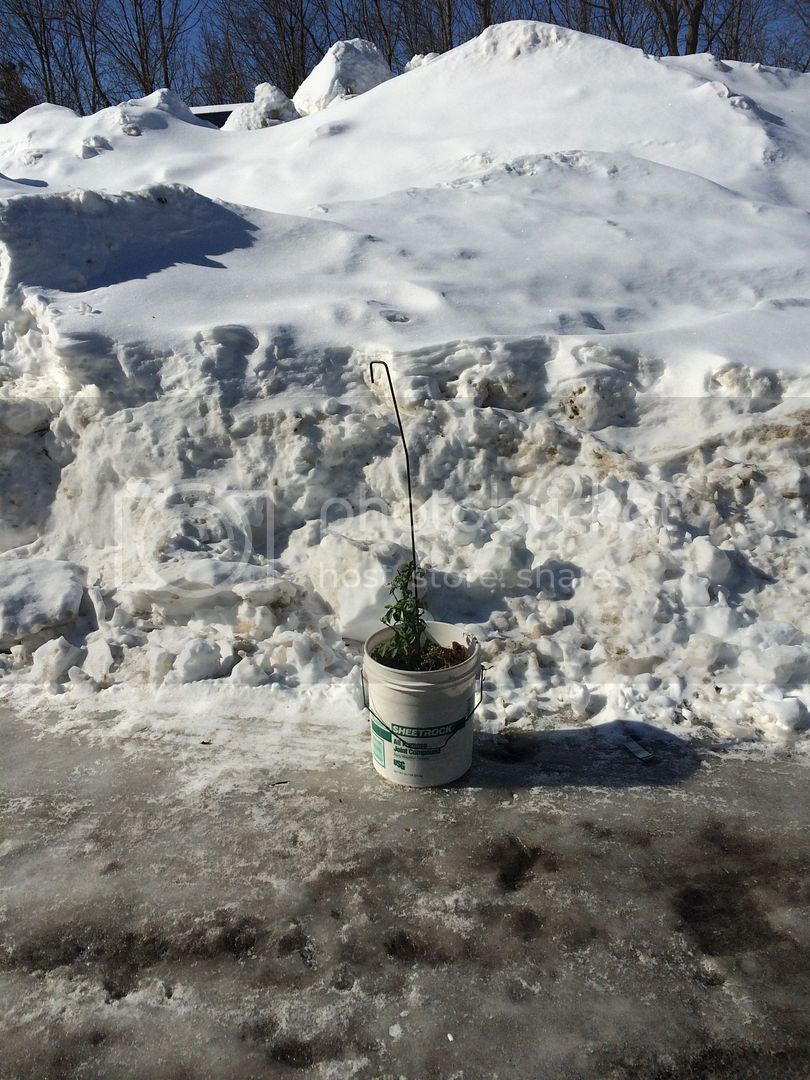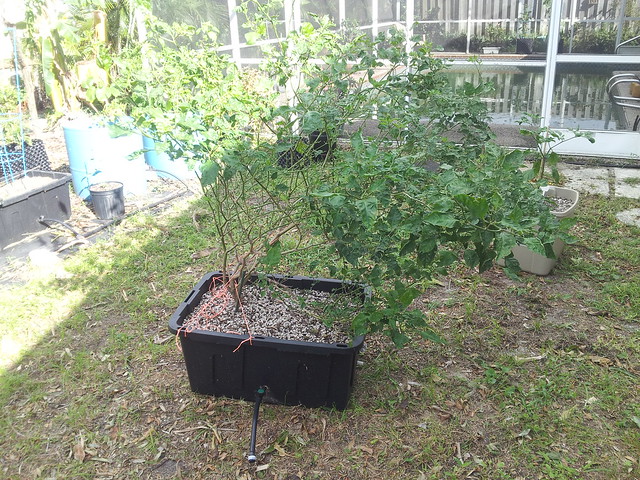solid7 said:
Those cheap buckets can leach nasty shit into your potting mix.
Ever get a take out meal from a sandwich shop or Chinese-to-go? How about bringing home your leftovers from that fancy restaurant? Did you reheat it in that container? Better yet, go look in your freezer at the bottom of those plastic trays your meat is in. Ever get a hot coffee from MickeyD's or cold drink from Chick-fil-A's? How about those plastic knives/forks/spoons you've used for upteen years at many cookouts?
Go ahead, look for the
Resin ID Code, is it
?
http://naturalsociety.com/recycling-symbols-numbers-plastic-bottles-meaning/...This kind of plastic also poses a health risk, leaching potentially toxic chemicals, especially when heated.
http://https://www.lifewithoutplastic.com/store/common_plastics_no_1_to_no_7...PS food containers can leach styrene, which is reasonably anticipated to be a human carcinogen and is considered a brain and nervous system toxicant. Animal studies have shown adverse effects on genes, lungs, liver, and the immune system. Note that styrene is also present in second-hand cigarette smoke, off-gassing building materials, and car exhaust. The leaching of styrene from PS containers into food is increased when the food or liquid is hot and oily.
http://www.breastcancer.org/risk/factors/plastic......do not cook food in these plastics and avoid using no. 6 plastics around any type of food
http://mentalfloss.com/article/50207/what-do-those-recycling-symbols-and-codes-mean.....it's also been shown to leach dangerous toxins over time into anything packaged in it
Think that's bad, look at Polyvinyl chloride or plain old PVC
....
Typical Use: Soft PVC (softened with plasticizers) used in toys, clear food (e.g., take-out) and non-food packaging (e.g., blister wrap, cling wrap), squeeze bottles, shampoo bottles, mouthwash bottles, cooking oil and peanut butter jars, detergent and window cleaner bottles, loose-leaf binders, shower curtains, blood bags and medical tubing, "pleather" clothing, Naugahyde upholstery, wire and cable insulation, carpet backing and flooring. Rigid PVC used for blister packs and clamshell packaging, credit cards, piping (e.g., for plumbing), vinyl siding, window frames, fencing, decking, and other construction materials.
Toxicity: PVC is widely considered the most toxic and hazardous plastic that is still - unbelievably so - commonly used to make numerous consumer products. It may contain and/or leach a variety of toxic chemicals including, but not limited to: bisphenol A (BPA), phthalates, lead, dioxins, mercury, and cadmium. Here is a taste of the toxic life cycle of PVC:
The vinyl chloride monomer from which PVC is made is a known carcinogen, thus putting manufacturing workers and surrounding communities at risk.
Soft forms of PVC, such as toys and packaging and bottles, may leach phthalates. For example, di(2-ethylhexyl) phthalate (DEHP) and butyl benzyl phthalate (BBzP) are two phthalates commonly used as plasticizers or softening agents (usually DEHP). DEHP and BBzP are endocrine disruptors mimicking the female hormone estrogen and have been strongly linked to asthma and allergic symptoms in children living in homes where PVC dust was present and to ADHD in children; may cause certain types of cancer, including breast cancer. Recent consumer product legislation in Europe, Canada and the US, bans DEHP and BBzP and other dangerous phthalates from use in children's products in concentrations greater than 0.1%.
Go in your cellar, look up, see if you have white pipes running around about 3/4 to 1 inch in dia.
My point? If the government hasn't banned it and it's cost effective.........................................
`





